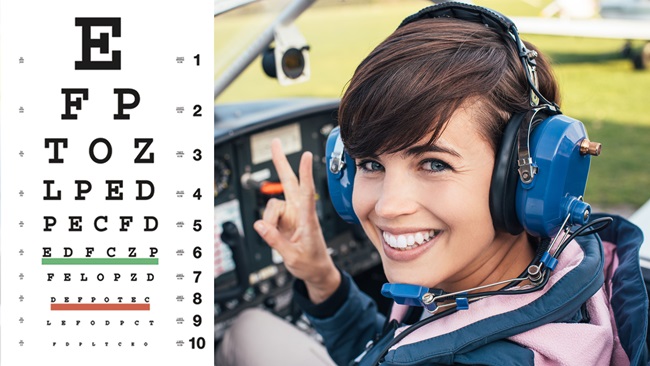Evaluating an aviation accident by analyzing the pilot’s decision-making process can lend insights into what might have caused things to go wrong, AOPA Air Safety Foundation Manager of Education Programs Kathleen Vasconcelos said Feb. 25.
Vasconcelos and an audience of more than 100 pilots played the role of “accident investigators,” dissecting the evidence of an actual crash during “What Went Wrong?,” a foundation safety seminar at the twenty-first annual International Women in Aviation conference in Orlando, Fla.
An ice-filled flight
The 2006 crash of a twin-engine Cessna 414 in Johnstown, Pa., killed the pilot and a nurse who were on a medical transport flight. A line supervisor and tower controllers who witnessed the crash said the airplane was making an instrument approach to the airport but was right of the course. When the aircraft broke out at 300 feet, the 414’s gear was still retracted, and the tower notified the pilot. The tower believed that the pilot was going to conduct a missed approach. Instead, the airplane touched down but had a prop strike and attempted a go-around. When airborne, the airplane appeared to enter a stall and crashed.
Icing conditions were present the day of the accident, Vasconcelos said. NTSB transcripts indicate the pilot called for a weather briefing and filed for 13,000 feet. The freezing level was said to begin at 2,000 feet and light to moderate rime icing was present at 3,000 feet and above. The airplane was equipped for flight into known icing; however, as the flight progressed, the pilot asked for lower altitudes and indicated that the airplane’s de-icing boots were having trouble “keeping up” with the icing accumulation. The flight had originated from Morgantown, W.Va., bound for New Jersey, but the diversion to Johnstown suggests that the icing created problems not long after they departed, Vasconcelos said. Large chunks of ice forming a V-shaped pattern were found near the wreckage of the airplane, she said.
The ‘salvage’ reflex
Even with the evidence presented, there are a number of unknowns, Vasconcelos said. Why did the pilot balk the missed approach? Why did the aircraft try to go around? Didn’t the pilot realize that the airplane had sustained a prop strike when it touched down? Was there a “salvage” reflex at work, in which the pilot wants to save a bad approach and come around for a second attempt?
The NTSB’s final report found that a cause of the accident was the pilot’s improper decision to abort the landing with a damaged aircraft, Vasconcelos said. While it’s impossible to know exactly what happened, there are a number of lessons to be learned, she said. These include not giving in to a mission mentality, and that last-second changes should be avoided. In this case, the pilot apparently made several last-minute decisions--to do a missed approach but then to land, and then to go around. This meant appropriate checklists weren’t completed, she said. A significant lesson from the accident is that even in a capable aircraft, icing is serious, and flight into known icing (FIKI) is no guarantee that the flight will go as planned.
Vasconcelos urged pilots to explore the foundation’s Precipitation and Icing and Decision Making online courses. Both are available at the foundation’s Web site.


